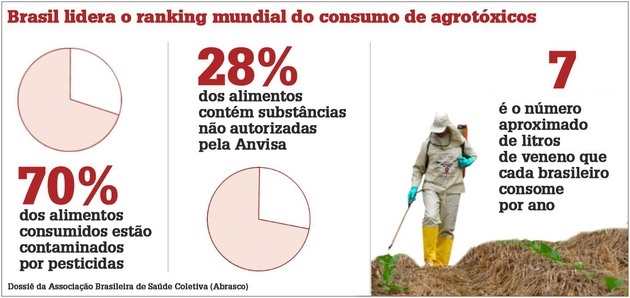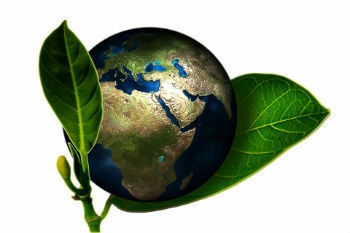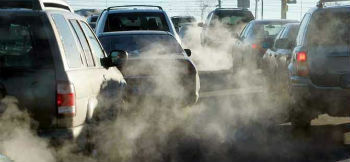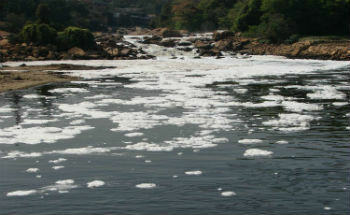Pesticides, pesticides, pesticides or agrochemicals are synthetic chemicals used to kill pests, insects, bacteria, fungi and other plants.
The use of these products in agriculture becomes very important as they prevent damage to crops. However, it is important to note that they are toxic and poisonous.
Types of pesticides
The main types of pesticides used are:
- Insecticides: used to control insects and pests in crops. Examples: aluminum phosphate and calcium arsenate.
- Herbicides: used to kill plants that are considered harmful to crops. Examples: sodium arsenite and sodium chloride.
- Fumigants: used to control soil bacteria that can affect crops. Examples: methyl bromide and chloropicrin.
- Fungicides: Used to control fungi that grow on planting sites. Examples: phenylmercury acetate and cyclohexamide.
- Acaricides: used to control mites. Examples: Dicofol and Tetradifon.
- Nematicides: used to control nematodes. Examples: Diclofenthion and Fensulfothion.
- Anticides: used to fight ants. Examples: Citromax and Maldrex.

Classification of pesticides
The most common classification of pesticides is in relation to the effects on health, distributed between numbers from I to IV, with I being highly toxic and IV being little toxic.

This framework is carried out with tests in laboratories, with dosages of pesticides exposed to animals in order to establish which dosage is lethal.
Another way to classify them is in relation to environmental danger, also distinguished in classes from I to IV, with I being highly dangerous to the environment and IV being little dangerous. To reach this classification, the composition of pesticides, physicochemical properties and interaction with the environment are analyzed.
Advantages and disadvantages of using pesticides
The main advantage of using these products is the control of diseases and pests. Thus, the result presented is the collaboration with the increase in the productivity of the cultivated products.
Another advantage is related to the price of products grown with pesticides, which are lower on the market. Foods grown without pesticides are classified as organic.
Regarding the disadvantages, pesticides cause environmental imbalance and also the development of various diseases.
Pesticides and the environment
The use of pesticides directly pollutes the soil, water and can cause irreversible damage to the environment. This implies the imbalance of ecosystems, whether fauna or flora.

Pesticides in Food
Since they are products used directly in agricultural systems, pesticides remain in food, even after washing.
Therefore, we ingest most of these substances. Please note that continued consumption of these products leads to disorders and various illnesses.

Pesticides in Brazil
In Brazil, the registration of pesticides is regulated by the Ministry of Agriculture and by Anvisa – National Health Surveillance Agency. The use of pesticides in the country has grown significantly in recent years.

Among the cultivated products that have a high concentration of pesticides, vegetables, greens and fruits stand out, such as peppers, grapes, cucumbers, strawberries, lettuce, carrots, etc.
Data from the National Health Surveillance Agency (Anvisa) show that Brazil is the largest consumer of these products in the world, since 2008.
Although it is a gigantic and profitable business, there are currently other possibilities, such as fertilizers and pesticides of organic origin. This explains the growth of the “organic products” market, as they do not use pesticides, but insecticides of organic origin.
The law responsible for the use of pesticides in Brazil is Federal Law No. 7,802, which was proposed in 1989. According to her:
“Pesticides are the products and agents of physical, chemical or biological processes, intended for use in the production, storage and improvement of agricultural products, in pastures, in the protection of forests, native or implanted, and of other ecosystems and also of environments urban, water and industrial, whose purpose is to change the composition of flora or fauna, in order to preserve them from the harmful action of living beings considered harmful.”
Also read aboutOrganic agriculture.
Pesticides in Brazilian foods
The country still has a big problem with the lack of inspection, either because of the amount allowed or because of the illegal sale of these products.
Pesticide residues in food is a concern related to the use of pesticides. Food quality is assessed and monitored by the Pesticide Residues in Food Analysis Program (PARA).
The main function of PARA is to ensure that the amount of pesticides used in food is in accordance with the Maximum Residue Limit (MRL) allowed.

Diseases Caused by Pesticides
According to the World Health Organization (WHO) there are 20 thousand deaths per year due to the consumption of pesticides.
Intoxication by pesticides can generate several diseases, of which the following stand out:
- Cancer and paralysis;
- Neurological and cognitive problems;
- Breathing difficulties;
- Skin irritations and allergies;
- Miscarriage and fetal malformation.
It is worth remembering that rural workers suffer too much from pesticides. That's because they handle these products and, for the most part, without adequate protection.
History of Pesticides
Pesticides were developed in the mid-19th century by the Austrian chemist Othmar Zeidler (1850-1911). However, its pesticide properties were only discovered in the 20th century, in 1939.
In World War II, they were used to prevent the spread of diseases caused by insects, especially malaria, as it affected a large part of the population of soldiers.
Later, these substances began to be used in agriculture seen the result they caused in pests, insects and plants called "weeds".
You may also be interested in Biology in Enem.



